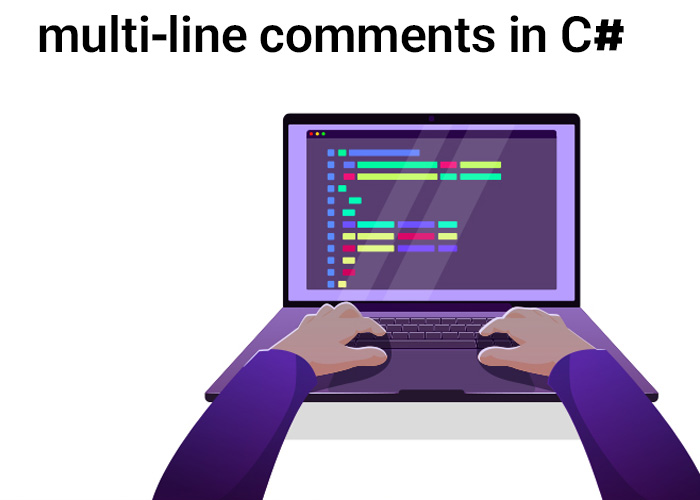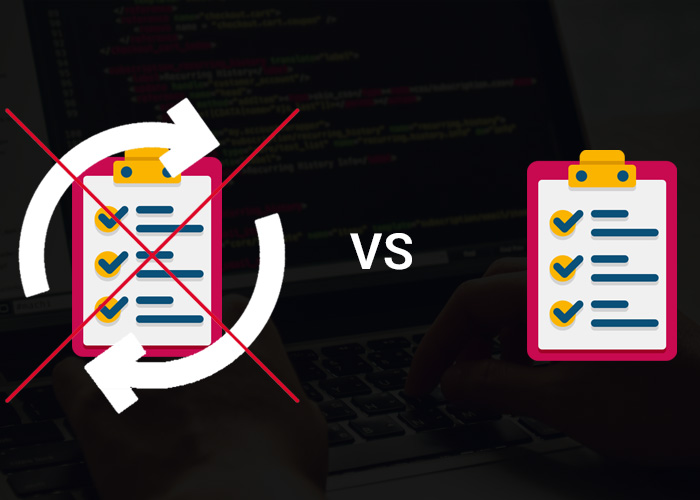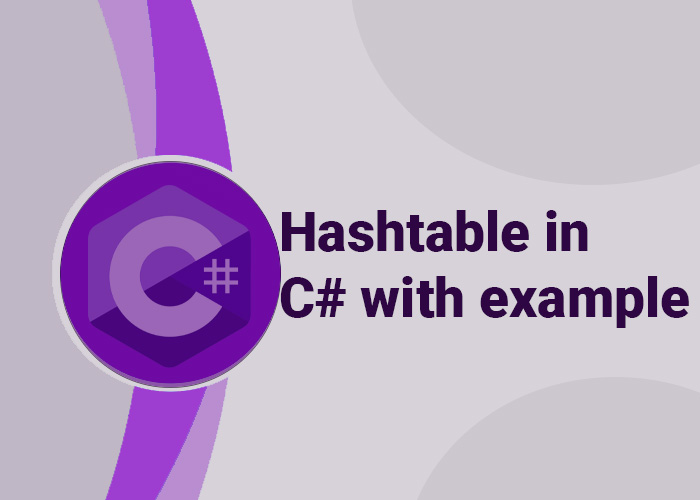C# Queue Dequeue Operation
In C#, the dequeue operation in the context of a Queue<T> is a fundamental method for managing collections in a first-in, first-out (FIFO) manner. The Dequeue method is used to remove and return the object at the beginning of the Queue<T>. This article delves into the functionality of the Dequeue method, demonstrating its use through examples, and discussing its implications in different programming scenarios.
Overview of the Dequeue Method
The Dequeue method is a key member of the Queue<T> class in the System.Collections.Generic namespace. It is used to remove the item at the front of the queue, which is the item that was added earliest among the items still contained within the queue.
Signature of the Dequeue Method
- Method: public T Dequeue()
- Return Type: T - The type of the objects stored in the queue.
- Purpose: Removes and returns the object at the beginning of the Queue<T>.
Using the Dequeue Method
Here's a simple example of how to use the Dequeue method in a C# application:
using System;
using System.Collections.Generic;
public class Program
{
public static void Main()
{
Queue<string> queue = new Queue<string>();
// Enqueueing items
queue.Enqueue("First");
queue.Enqueue("Second");
queue.Enqueue("Third");
// Dequeueing an item
string item = queue.Dequeue();
Console.WriteLine("Dequeued item: " + item); // Outputs: First
// Display remaining items
Console.WriteLine("Remaining items in queue:");
foreach (string remainingItem in queue)
{
Console.WriteLine(remainingItem);
}
}
}
In this example, items are added to a queue, and the Dequeue method is used to remove the first item ("First"). The remaining items are then displayed, showing that the queue respects the FIFO order.
Implications of Using Dequeue
- Exception Handling: It's important to handle situations where Dequeue might be called on an empty queue. By default, calling Dequeue on an empty queue will throw an InvalidOperationException. Proper exception handling or checks should be in place to manage such cases.
- Efficiency: The Dequeue method operates in O(1) time complexity, making it highly efficient for operations involving the removal of elements from the start of the queue.
Practical Applications of Dequeue
- Task Scheduling: In applications where tasks need to be processed in the order they are received, such as in server requests or job scheduling systems.
- Real-Time Processing: In scenarios like real-time data processing or streaming, where data packets must be processed as they arrive in sequence.
- Simulation Systems: For simulating operations like customer service systems, where the first customer in line is the first to be served.
Conclusion
The Dequeue method in the Queue<T> class provides a robust mechanism for FIFO data management in C#. Understanding and utilizing this method can greatly enhance the efficiency and effectiveness of applications that require orderly data processing.





